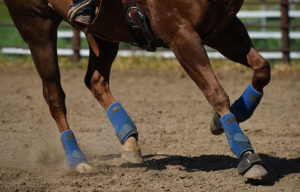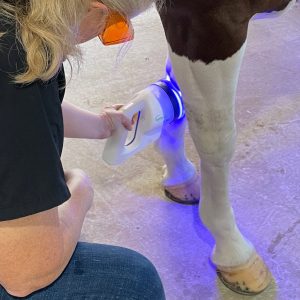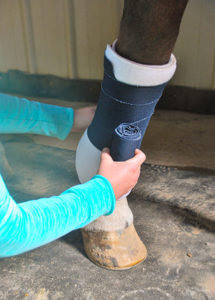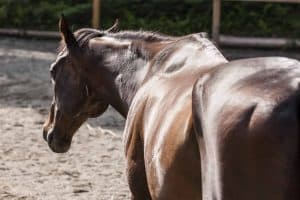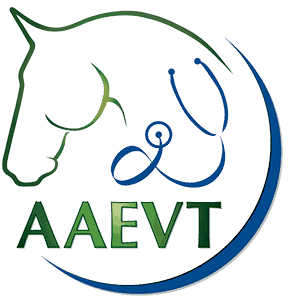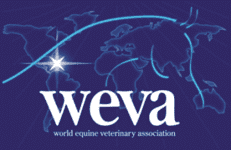Genetic Basis for Establishment of EAV Carrier State
- Topics: Article, Equine Viral Arteritis (EVA)
New research from the University of Kentucky (UK) suggests that genetic factors play a role in determining stallion susceptibility to equine arteritis virus (EAV) infection.
Results from the laboratory of Udeni Balasuriya, BVSc, PhD, professor of virology at the UK Gluck Center, demonstrated a correlation between horse genetic factors and establishment of EAV carrier state in stallions. Genome-wide analysis shows that the equine chromosome 11 (ECA11) carries genes that are likely involved in cellular susceptibility to the virus.
Equine viral arteritis (EVA) outbreaks result in significant economic losses to the equine industry due to high rates of abortions, death in young foals, and establishment of the carrier state in stallions. Persistently infected carrier stallions function as the natural reservoir of EAV, and they disseminate the virus to susceptible mares at breeding.
Results of previous studies by Yun Young Go, DVM, MSc, PhD, a former graduate student in Balasuriya’s laboratory, identified that horses can be divided into two groups based on in vitro (in the lab) susceptibility of their lymphocytes (white blood cells) to EAV infection. One group of horses had lymphocytes susceptible to in vitro EAV infection and the other group had lymphocytes resistant to in vitro EAV infection. Based on this finding, the investigators hypothesized that there must be a genetic basis for this phenomenon
Create a free account with TheHorse.com to view this content.
TheHorse.com is home to thousands of free articles about horse health care. In order to access some of our exclusive free content, you must be signed into TheHorse.com.
Start your free account today!
Already have an account?
and continue reading.
Written by:
Nancy Zacks, MS
Related Articles
Stay on top of the most recent Horse Health news with





